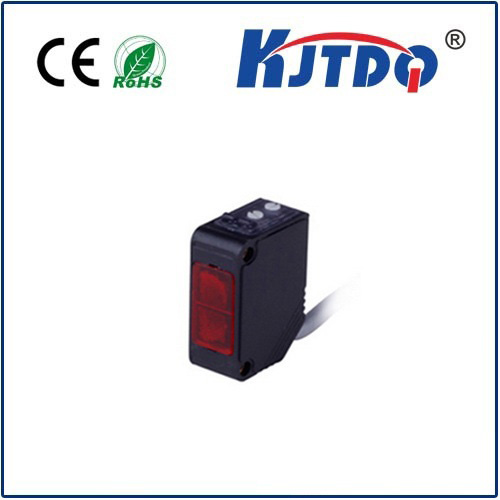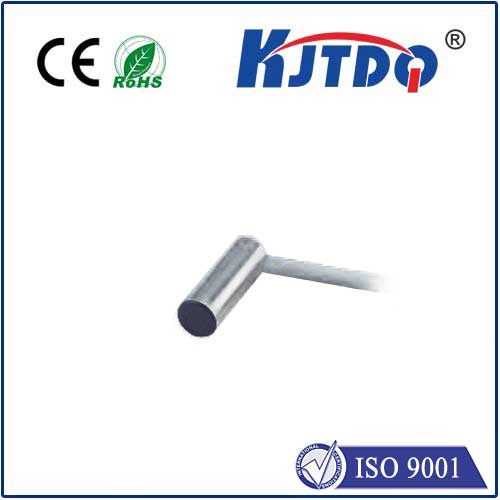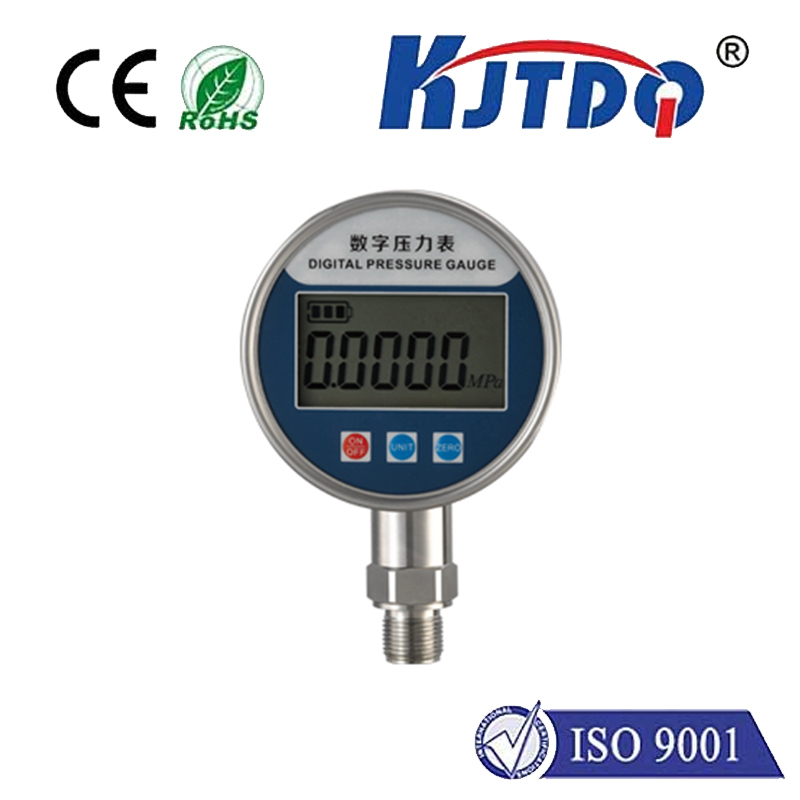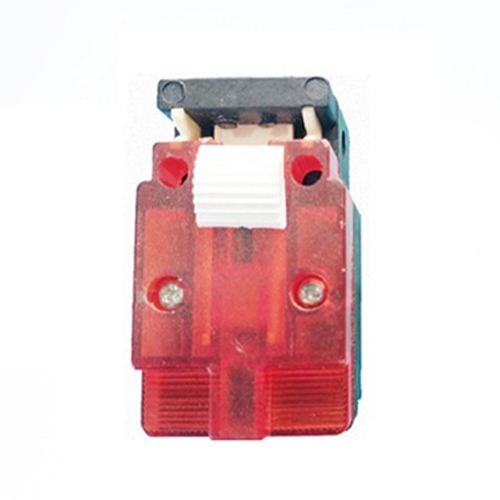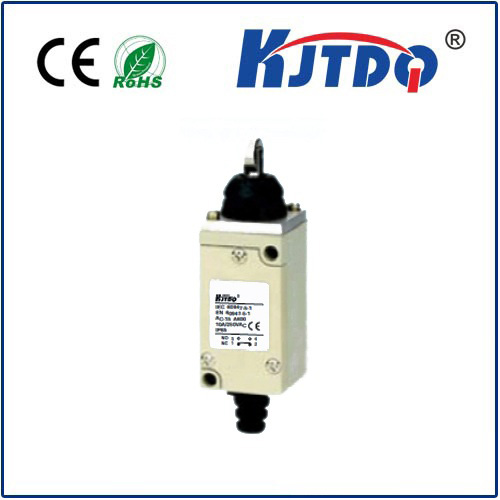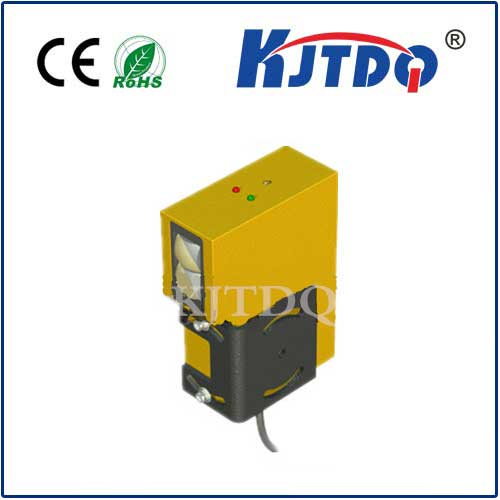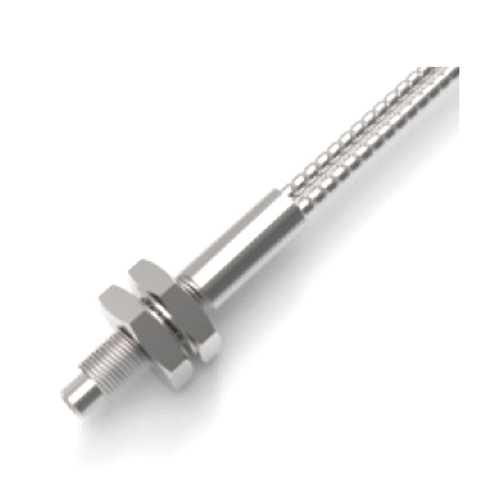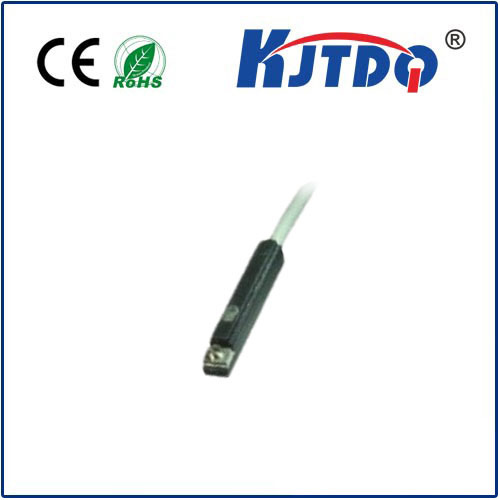adafruit proximity sensor
- time:2025-07-06 01:00:22
- Click:0
Adafruit Proximity Sensors: Engineering Touch-Free Interaction for Your Next Project
Imagine controlling devices with just a wave of your hand, crafting electronics that react to presence before contact, or building interfaces that understand spatial awareness. This isn’t science fiction; it’s readily achievable with proximity sensors. And when it comes to accessible, well-supported components for makers, engineers, and product developers, Adafruit Industries consistently delivers. Their lineup of proximity sensor breakout boards stands as a testament to their commitment to simplifying complex technology, making integrating these powerful detection tools remarkably straightforward. This article delves into the world of Adafruit proximity sensors, exploring their capabilities, popular modules, and the exciting applications they unlock.
Demystifying Proximity Sensing
At its core, a proximity sensor detects the presence or absence of a nearby object without any physical contact. It achieves this by emitting a field (electromagnetic, infrared light, etc.) and monitoring changes in the return signal. Key characteristics include:
- Detection Range: The maximum distance at which the sensor can reliably detect an object.
- Object Material: Effectiveness can vary depending on the material (e.g., skin, plastic, metal) and color (for optical sensors).
- Response Time: How quickly the sensor reacts to an object entering or leaving its field.
- Output Type: Common outputs are analog voltage, digital (on/off), or digital communication protocols like I2C.
Why Choose Adafruit for Your Proximity Needs?
Adafruit doesn’t manufacture the underlying sensor chips. Instead, they select high-quality sensor ICs from reputable manufacturers like Vishay Semiconductors and integrate them onto user-friendly breakout boards. This approach offers immense advantages:

- Simplified Integration: Breakout boards handle the delicate circuitry needed to power the sensor and manage its signals. Critical components like pull-up resistors (for I2C communication) and level shifters (for safe 3V/5V logic compatibility) are pre-soldered.
- Standardized Interfaces: Adafruit consistently uses common pin headers (STEMMA QT connectors are increasingly prevalent) and communication protocols (I2C is dominant for these sensors), making wiring predictable across different projects and sensors.
- Unmatched Documentation: Adafruit shines here. Each sensor module has a dedicated detailed guide on their Learning System. This includes pinouts, wiring diagrams, example code (for Arduino, CircuitPython, Python), libraries, and clear explanations of the sensor’s features.
- Robust Software Libraries: Pre-written, well-documented libraries abstract away complex register configuration, allowing you to read proximity data with simple function calls.
- Community & Support: A vast user base and active forums mean troubleshooting and inspiration are readily available.
Spotlight on Key Adafruit Proximity Sensor Modules
Adafruit offers several popular proximity sensors, each with unique strengths:
- Adafruit VCNL4040 Proximity and Light Sensor Breakout: This versatile I2C sensor combines infrared proximity sensing (up to ~20cm) and ambient light sensing in one small package. It features programmable interrupt outputs, reducing the need for constant polling. Ideal for: Detecting hand presence for gesture control, automatic display dimming based on ambient light and proximity, object detection in robotics. Its combination of features makes it a highly popular choice.
- Adafruit VCNL4010 Proximity/Light Sensor Breakout: An earlier generation, but still capable, offering proximity (shorter range than VCNL4040) and ambient light sensing via I2C. A reliable option for simpler proximity needs. Ideal for: Basic presence detection, replacing older sensors.
- Adafruit APDS9960 Breakout: This powerhouse combines proximity (using IR), gesture recognition (up/down/left/right), ambient light, and color (RGB) sensing – all over I2C. The gesture engine provides an extra layer of intuitive interaction. Ideal for: Sophisticated touchless controls, interactive art installations, projects needing combined environmental sensing.
- Adafruit VCNL3020 & VCNL3030 Proximity Sensors: These modules focus purely on proximity sensing with potentially better ambient light rejection. Like the others, they communicate via I2C. Ideal for: Applications requiring dedicated proximity measurement where ambient light variability could be an issue for simpler sensors.
Bringing Proximity to Life: Exciting Applications
Integrating an Adafruit proximity sensor opens doors to countless creative and practical projects:
- Smart Home Automation: Automate lights turning on when you approach a room, build a touchless light switch, create a sink or soap dispenser activated by a hand wave. Replacing physical buttons enhances hygiene and convenience.
- Interactive Art & Installations: Create exhibits that react to viewers moving nearby, trigger soundscapes or lighting changes based on presence, build gesture-controlled interfaces for artistic expression.
- Robotics & Navigation: Enable robots to detect obstacles before collisions (short-range), sense the approach of a person, navigate close to surfaces without contact. Proximity data is crucial for collision avoidance systems.
- Energy Saving Systems: Automatically power down monitors or signage when no one is present, trigger sleep modes on devices when put down or stowed away. Significant energy savings are possible with simple integration.
- Security Projects: Detect approaching objects near entry points, create simple intruder alarms, sense when a valuable item is being handled or moved.
- DIY Gesture Controls: Beyond the APDS9960’s dedicated gestures, combining proximity data with timing logic can enable custom gesture recognition for controlling music players, presentations, or games.
Getting Started: Simplicity Defined
The hallmark of Adafruit components is their accessibility. Connecting a typical Adafruit I2C proximity sensor often involves just four wires: Power (3V-5V), Ground (GND), Serial Data (SDA), and Serial Clock (SCL). STEMMA QT connectors reduce this to a plug-and-play cable.
Adafruit provides dedicated libraries (e.g., Adafruit_VCNL4040, Adafruit_APDS9960) for Arduino and CircuitPython. Within minutes, you can download the library, include it in your sketch, initialize the sensor, and start reading proximity values using straightforward functions like getProximity().
Here’s the essence of using one:
- Connect sensor to your microcontroller (Arduino, Raspberry Pi, etc.) via I2C.
- Install the Adafruit sensor library.
- Include the library and initialize the sensor object in your code.
- Read proximity values in your main loop or via interrupts.
- Use the proximity data to trigger actions, control outputs, or send data elsewhere.
The Future is Within Reach (Literally)
Adafruit proximity sensor modules demystify a technology crucial for modern, intuitive interaction. By taking complex sensor ICs and transforming them into approachable, well-documented breakout boards, Adafruit empowers anyone to add sophisticated touch-free capabilities to their creations. Whether you’re building a practical smart home device, an engaging interactive project, or enhancing a robot’s awareness, these sensors offer a reliable and accessible pathway. With comprehensive guides, robust libraries, and a supportive community,






